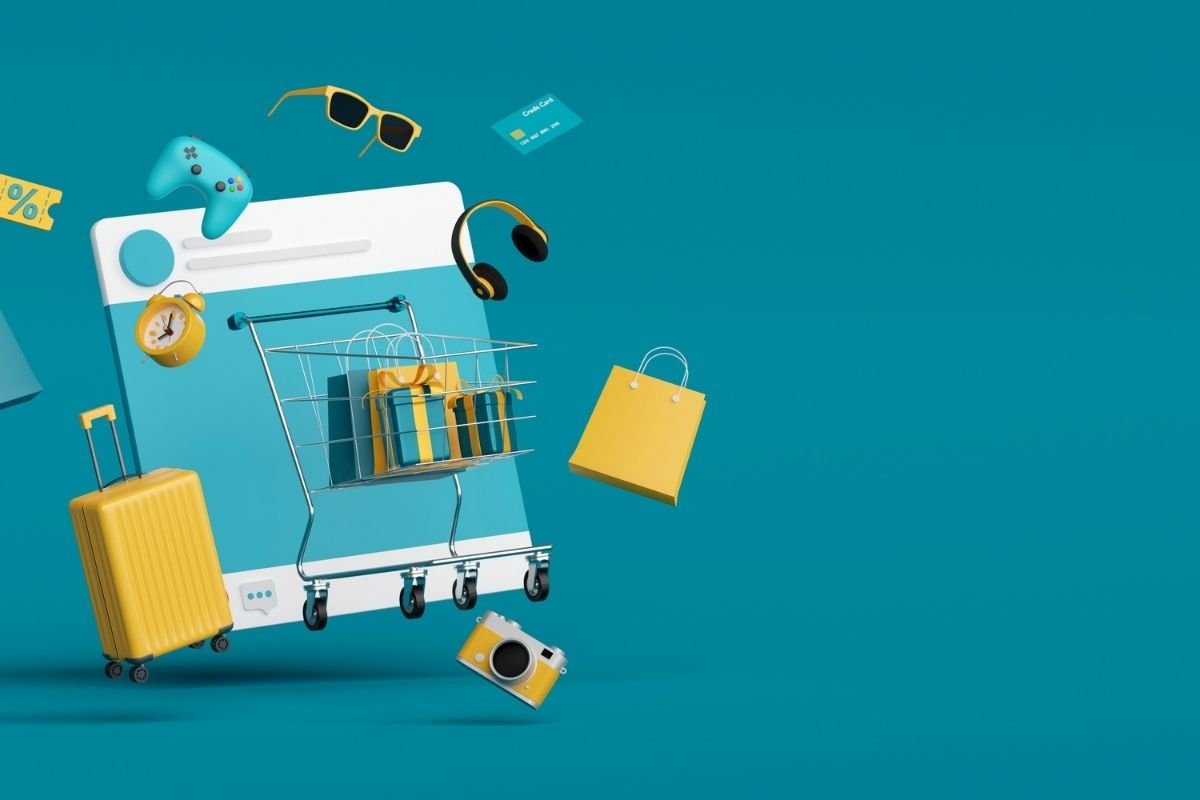India’s e-commerce landscape has experienced phenomenal growth over recent years, driven by increasing internet penetration, a booming digital payment ecosystem, and shifting consumer behaviors across urban and rural areas. The rapid expansion of e-commerce has fundamentally reshaped the way Indians shop, and with new technologies and logistics innovations, the future looks bright for the sector. Here’s a comprehensive look at the key trends, platforms, and challenges defining the e-commerce market in India.
1. India’s Expanding Internet Penetration: A Foundation for Growth
India’s digital landscape has evolved dramatically, with over 918 million internet subscribers as of September 2023. The spread of internet access to rural areas is a critical driver of e-commerce adoption, with 375.66 million rural subscribers now online, representing an unprecedented democratization of internet access. The expansion of affordable mobile data and government-led digital initiatives has brought online shopping to more households than ever before.
2. E-commerce Adoption Across India’s Diverse Landscape
With nearly 100% penetration of e-commerce in Indian pin codes, online shopping is no longer limited to metro areas. Tier-2, Tier-3, and Tier-4 cities are now accounting for a significant share of e-commerce transactions, shifting the focus of companies to serve these emerging markets. Notably, cities like Port Blair have become hotspots for e-commerce growth, underscoring the broad appeal and accessibility of online shopping.
3. Category Trends in the Indian E-commerce Landscape
The types of goods that Indians are purchasing online are diverse, with fashion and accessories leading the way, representing 60% of transactions by volume. Other popular categories include:
- Beauty, cosmetics, and toiletries: 11%
- Electronic gadgets: 10%
- Home, kitchen, and office supplies: 8%
- Health, sports, and fitness: 5%
This category data reflects consumers’ preferences for variety and convenience across a range of everyday essentials and lifestyle products.
4. Government E-Marketplace (GeM): Digital Procurement for Public Sector
The government e-marketplace (GeM) has become an influential player in India’s e-commerce ecosystem, facilitating efficient procurement for government needs. By 2024, GeM had crossed INR 4 lakh crore in gross merchandise value (GMV), effectively doubling its business over a single year. This platform enhances transparency and efficiency in public procurement and enables MSMEs to access larger markets through government contracts.
5. ONDC: Democratizing E-commerce for Small Businesses
The Online Network for Digital Commerce (ONDC) is a government-backed initiative aimed at creating an open and inclusive digital commerce network that allows buyers and sellers to connect directly. By 2024, ONDC had onboarded over 230,000 diverse sellers and service providers, including 3,000 farmer-producer organizations and 400+ self-help groups. This platform empowers small and rural businesses to compete with larger players, fostering a more balanced e-commerce ecosystem.
[ruby_related heading=”More Read” total=5 layout=1 offset=5]
Future Trends in Indian E-commerce
The next phase of India’s e-commerce journey will likely be characterized by:
- Further penetration into rural areas as internet access expands.
- Greater integration of digital payment solutions to simplify the shopping experience.
- Sustainability initiatives, as consumers become more environmentally conscious.
- Advanced AI and personalized shopping experiences tailored to individual consumer needs.
At least 40% of all businesses will die in the next 10 years… if they don’t figure out how to change their entire company to accommodate new technologies.
John Chambers, Cisco.
The growth of platforms like ONDC and GeM highlights a shift toward inclusivity and support for local businesses, allowing India’s e-commerce ecosystem to flourish while supporting small businesses and fostering economic equality. However, as the sector matures, the focus is rapidly turning toward “quick commerce” or “q-commerce.
Rise of Quick Commerce: Fast Fulfillment for Urban Consumers
Quick commerce, or “q-commerce,” is transforming e-commerce by offering ultra-fast delivery, often within 10 minutes to an hour, primarily targeting urban consumers. This model thrives in densely populated cities where consumers demand quick access to essentials like groceries, household items, and other high-demand products. Unlike traditional e-commerce, which may take a day or more for delivery, q-commerce appeals to shoppers seeking near-instant gratification and the ability to purchase last-minute, low-cost items.
India’s Growing Q-Commerce Market
India’s Q-commerce sector has seen explosive growth, expanding tenfold between 2021 and 2023. As of 2024, q-commerce holds around 7% of its estimated $45 billion addressable market, with experts predicting rapid expansion in the coming years. Major Q-commerce players in India include:
- Blinkit (owned by Zomato): 46% market share
- Swiggy’s Instamart: 27% market share
- Zepto: 21% market share
- BB Now (BigBasket): 7% market share
These companies leverage technology and urban logistics, using strategies like data-driven inventory management and strategic positioning of dark stores—localized, small-scale warehouses that stock fast-moving items near consumer hubs. By maintaining stock in these hyper-local “dark stores,” they can achieve rapid delivery times, ensuring quick commerce meets its promise of speed.
What Drives the Demand for Q-Commerce?
The appeal of quick commerce in India can be attributed to several factors:
- Urbanization: Increasing urban density fuels the demand for fast, convenient shopping options.
- Changing Consumer Lifestyles: Busy lifestyles make it challenging for consumers to plan purchases, driving the need for last-minute delivery.
- Low-Cost, High-Frequency Orders: Q-commerce is particularly suited for small, frequent purchases like groceries or household essentials, where consumers are willing to pay a premium for convenience.
Dark Stores: The Backbone of Quick Commerce
To meet the demands of quick commerce, companies have developed networks of dark stores—warehouses optimized for fast delivery. Each dark store now stocks up to 6,000 SKUs, a considerable increase from previous years. These operations allow quick commerce providers to compete effectively against traditional corner shops, offering more convenience to customers with less fuel and time expenditure.
Challenges and Competition in Quick Commerce
Despite quick commerce’s rapid rise, this market remains competitive, with companies facing logistical and operational challenges. While some players, like Reliance’s Dunzo, have struggled to maintain market share, the remaining competitors have made strides by optimizing their supply chains and focusing on urban markets. Efficiency in delivery operations and customer satisfaction will be key for continued success as the market expands to new cities.
The Future of Quick Commerce in India
The future of q-commerce in India looks promising, with market projections suggesting it could reach nearly $10 billion by 2029. Continued investment in technology and expansion of dark stores will be crucial for sustaining and meeting the growing demand. As more consumers experience the convenience of ultra-fast delivery, q-commerce is likely to become a cornerstone of India’s digital economy, offering a new level of convenience that aligns with the fast-paced needs of urban consumers.
India’s e-commerce market is witnessing unprecedented growth, reshaping consumer habits and democratizing access to goods and services. From the rise of quick commerce to the empowerment of small sellers through platforms like ONDC, the landscape is more dynamic than ever. As the sector continues to evolve, India is set to become one of the largest e-commerce markets globally, offering immense potential for innovation and inclusion across all tiers of society.
The continued success of e-commerce in India hinges on the ability of businesses to adapt to consumer needs, leverage new technologies, and navigate the unique challenges of a diverse market. With strong government support and a robust digital infrastructure, India’s e-commerce story is just beginning.






